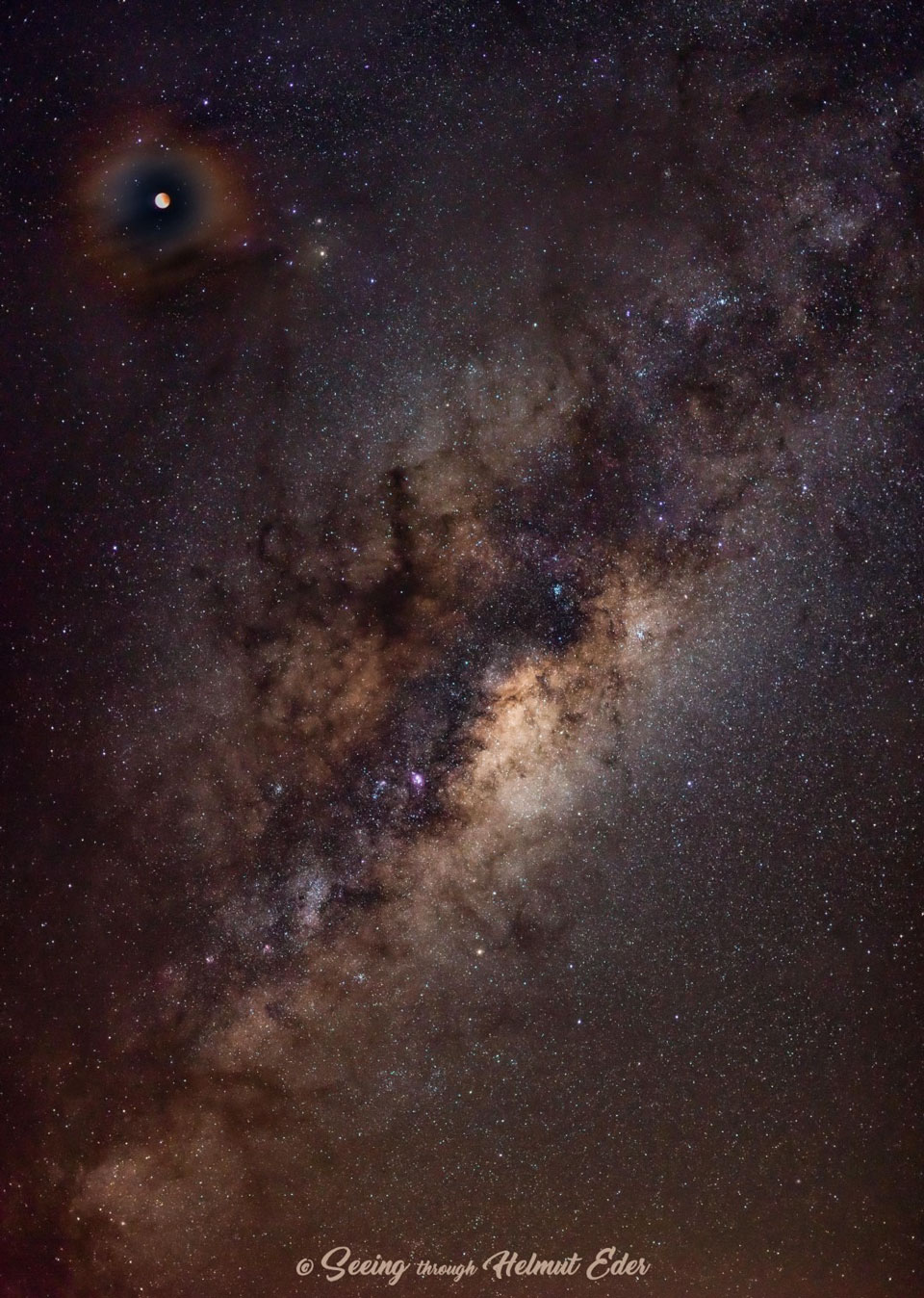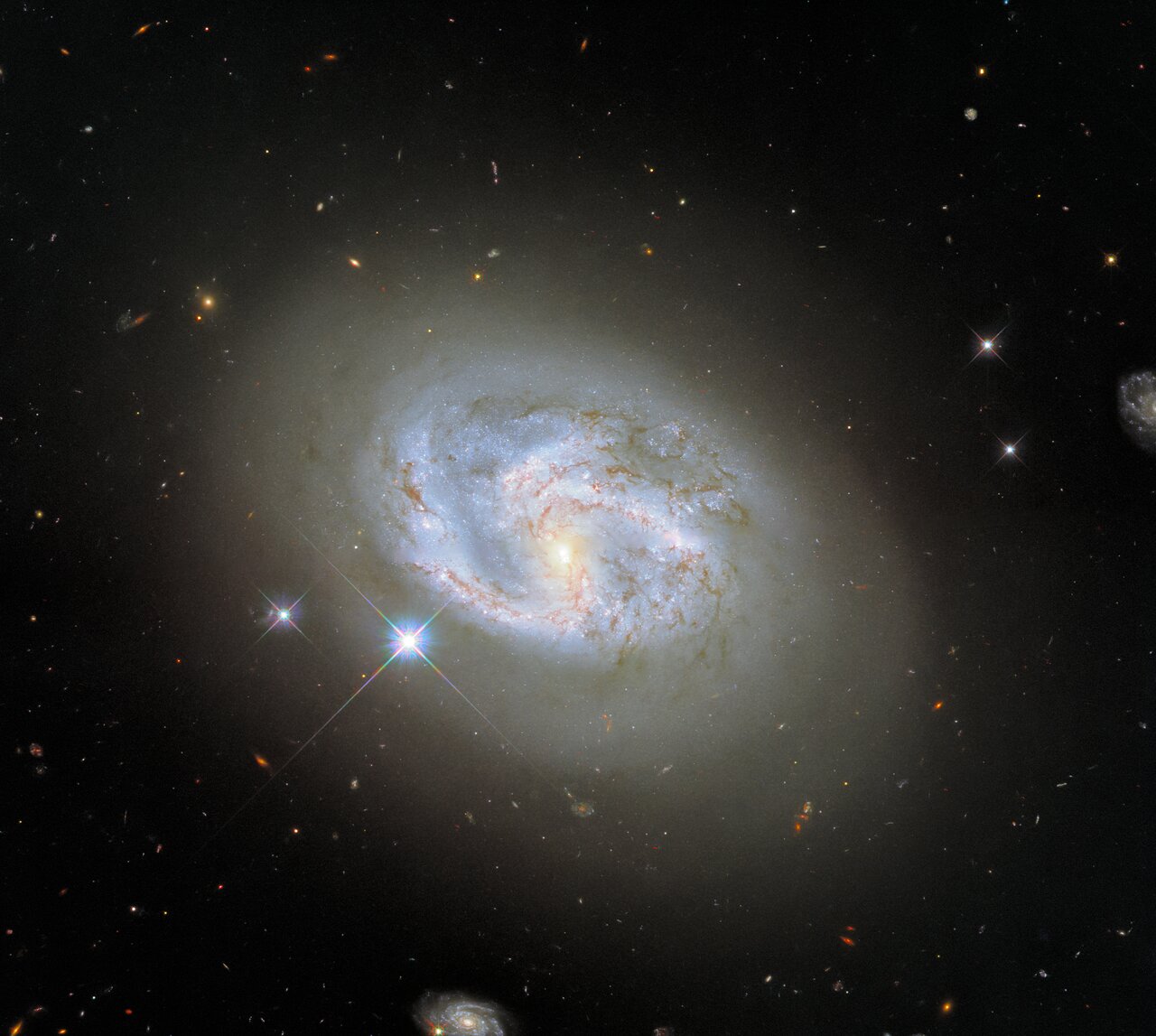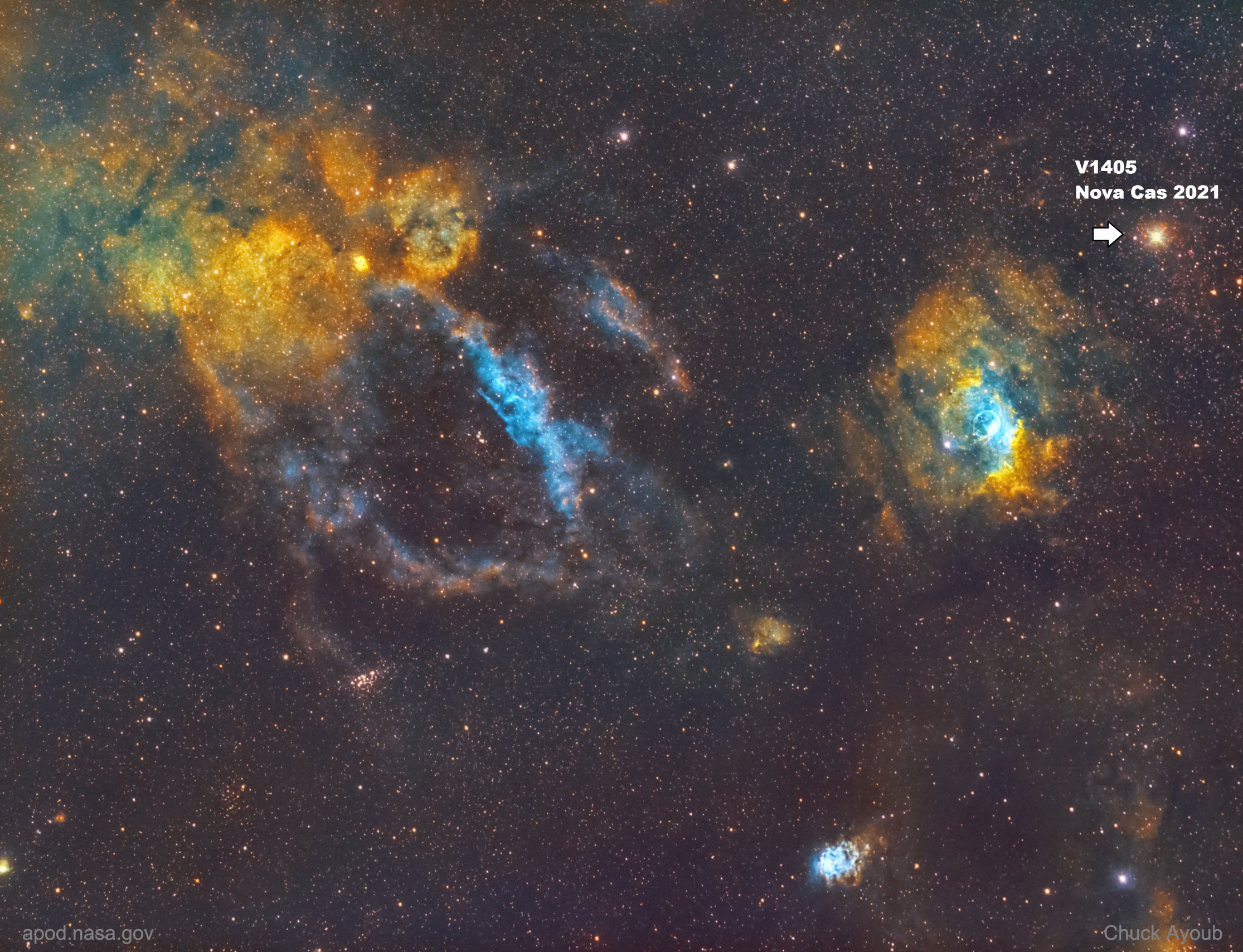Blog
HI I need prayers and good thoughts for one of my musician colleagues and a wonderful supportive inspiration of my work, David Stenshoel recovering from an intensive surgery last Monday 6-7-21

This moon was a full moon, specifically called a Flower Moon at this time of the year. But that didn’t make it strange — full moons occur once a month (moon-th). This moon was a supermoon, meaning that it reached its full phase near its closest approach to the Earth in its slightly elliptical orbit. Somewhat strange, a supermoon appears a bit larger and brighter than the average full moon — and enables it to be called a Super Flower Moon. This moon was undergoing a total lunar eclipse. An eclipsed moon can look quite strange, being dark, unevenly lit, and, frequently, red — sometimes called blood red. Therefore, this moon could be called a Super Flower Blood Moon. This moon was seen through thin clouds. These clouds created a faint corona around the moon, making it look not only strange, but colorful. This moon was imaged so deeply that the heart of the Milky Way galaxy, far in the background, was visible to its lower right. This moon, this shadow, this galaxy and these colors were all captured last month near Cassilis, NSW, Australia — with a single shot. (Merged later with two lower shots that better capture the Milky Way.)

Kenny Barron (born June 9, 1943) is an American jazz pianist, who has appeared on hundreds of recordings as leader and sideman and is considered one of the most influential mainstream jazz pianists since the bebop era.
Born in Philadelphia, Pennsylvania, Kenny Barron is the younger brother of tenor saxophonist Bill Barron (1927–1989). One of his first gigs was as pianist with the Dizzy Gillespie quartet. Barron was briefly a member of the Jazztet around 1962, but did not record with them.
He graduated in 1978 with a BA in Arts from Empire State College (Metropolitan Center, New York City).
He co-led the groups Sphere and the Classical Jazz Quartet.
Between 1987 and 1991, Barron recorded several albums with Stan Getz, most notably Voyage, Bossas & Ballads – The Lost Sessions, Serenity, Anniversary and People Time, a two-CD set.
He has been nominated nine times for Grammy Awards and for the American Jazz Hall of Fame. He was elected a Fellow of the American Academy of Arts and Sciences in 2009.
In May 2010, Barron was awarded an Honorary Doctorate of Music from Berklee College of Music along with African-born singer/songwriter Angelique Kidjo, Spanish guitarist Paco de Lucia, and songwriting duo Leon Huff and Kenneth Gamble.
For over 25 years, Barron taught piano and keyboard harmony at Rutgers University in New Jersey. He now teaches at the Juilliard School of Music. His piano students have included Earl MacDonald, Harry Pickens, Jon Regen and Aaron Parks.
more...Jack Leroy Wilson Jr. (June 9, 1934 – January 21, 1984) was an American soul singer and performer. A tenor with a four-octave range, Wilson was a prominent figure in the transition of rhythm and blues into soul. Wilson was considered a master showman and one of the most dynamic singers and performers in pop, R&B, and rock and roll history, earning the nickname “Mr. Excitement”.
Wilson gained initial fame as a member of the R&B vocal group Billy Ward and His Dominoes. He went solo in 1957 and scored over 50 chart singles spanning the genres of R&B, pop, soul, doo-wop and easy listening, including 16 R&B Top 10 hits, in which six R&B of the repertoire ranked as number ones. On the Billboard Hot 100, Wilson scored 14 top 20 pop hits, six of which reached the top 10.
Wilson was posthumously inducted to the Rock and Roll Hall of Fame in 1987. He is also inducted into the National Rhythm & Blues Hall of Fame. Two of Wilson’s recordings were inducted into the Grammy Hall of Fame in 1999. He was honored with the Rhythm and Blues Foundation‘s Legacy Tribute Award in 2003. In 2004, Rolling Stone magazine ranked Jackie Wilson No. 69 on its list of the 100 Greatest Artists of All Time, and number 26 as one of the greatest singers of all time.
Jack Leroy Wilson Jr. was born on June 9, 1934, in Highland Park, Michigan, as the third and only surviving child of singer-songwriter Jack Leroy Wilson, Sr. (1903–1983) and Eliza Mae Wilson (1900–1975). Eliza Mae was born on the Billups-Whitfield Place in Lowndes County, Mississippi. Eliza Mae’s parents were Tom and Virginia Ransom. Wilson often visited his family in Columbusand was greatly influenced by the choir at Billups Chapel. Growing up in the suburban Detroit enclave of Highland Park, Wilson joined a gang called the Shakers and often got himself in trouble. Wilson’s alcoholic father was frequently absent and usually unemployed. In 1943, his parents separated shortly after Jackie’s ninth birthday.
more...Lester William Polsfuss (June 9, 1915 – August 12, 2009), known as Les Paul, was an American jazz, country, and blues guitarist, songwriter, luthier, and inventor. He was one of the pioneers of the solid-body electric guitar, and his prototype, called the Log, served as inspiration for the Gibson Les Paul. Paul taught himself how to play guitar, and while he is mainly known for jazz and popular music, he had an early career in country music.In the 1950s, he and his wife, singer and guitarist Mary Ford, recorded numerous records, selling millions of copies.
Paul is credited with many recording innovations. His early experiments with overdubbing (also known as sound on sound), delay effects such as tape delay, phasing effects and multitrack recording were among the first to attract widespread attention. His licks, trills, chording sequences, frettingtechniques and timing set him apart from his contemporaries and inspired many guitarists of the present day.
Among his many honors, Paul is one of a handful of artists with a permanent exhibit in the Rock and Roll Hall of Fame. He is prominently named by the music museum on its website as an “architect” and a “key inductee” with Sam Phillips and Alan Freed. Paul is the only person to be included in both the Rock and Roll Hall of Fame and the National Inventors Hall of Fame. Paul was born Lester William Polsfuss in Waukesha, Wisconsin, to George and Evelyn (Stutz) Polsfuss, both of German ancestry. His only sibling, Ralph, was seven years older. Paul’s mother was related to the founders of Milwaukee’s Valentin Blatz Brewing Company and the makers of the Stutz automobile. His parents divorced when he was a child.[14] His mother simplified their Prussian family name first to Polfuss, then to Polfus, although Les Paul never legally changed his name. Before taking the stage name Les Paul, he performed as Red Hot Red and Rhubarb Red.
https://www.youtube.com/watch?v=–t1xmw02B0
more...Nehemiah Curtis “Skip” James (June 9, 1902 – October 3, 1969) was an American Delta blues singer, guitarist, pianist and songwriter.
His guitar playing is noted for its dark, minor-key sound, played in an open D-minor tuning with an intricate fingerpicking technique. James first recorded for Paramount Records in 1931, but these recordings sold poorly, having been released during the Great Depression, and he drifted into obscurity.
After a long absence from the public eye, James was rediscovered in 1964 by blues enthusiasts including John Fahey, helping further the blues and folk music revival of the 1950s and early 1960s. During this period, James appeared at folk and blues festivals, gave concerts around the country, and recorded several albums for various record labels. His songs have influenced generations of musicians and have been adapted by numerous artists. He has been hailed as “one of the seminal figures of the blues.”
James was born near Bentonia, Mississippi. His father was a bootlegger who reformed and became a preacher. As a youth, James heard local musicians, such as Henry Stuckey, from whom he learned to play the guitar, and the brothers Charlie and Jesse Sims. James began playing the organ in his teens. He worked on road construction and levee-building crews in Mississippi in the early 1920s and wrote what is perhaps his earliest song, “Illinois Blues”, about his experiences as a laborer. He began playing the guitar in open D-minor tuning.
more...This image, taken with Hubble’s Wide Field Camera 3 (WFC3), features the spiral galaxy NGC 4680. At 2 o’clock and 7 o’clock two other galaxies can be seen flanking NGC 4680. NGC 4680 enjoyed a wave of attention in 1997, as it played host to a supernova explosion known as SN 1997bp. Amazingly, the supernova was identified by an Australian amateur astronomer named Robert Evans, who has identified an extraordinary 42 supernova explosions. NGC 4680 is actually a rather tricky galaxy to classify. It is sometimes referred to as a spiral galaxy, but it is also sometimes classified as a lenticular galaxy. Lenticular galaxies fall somewhere in between spiral galaxies and elliptical galaxies. Whilst NGC 4680 does have distinguishable spiral arms, they are not clearly defined, and the tip of one arm appears very diffuse. Galaxies are not static, and their morphologies (and therefore their classifications) vary throughout their lifetimes. Spiral galaxies are thought to evolve into elliptical galaxies, most likely by merging with one another, causing them to lose their distinctive spiral structures.

Derek Trucks (born June 8, 1979) is an American guitarist, songwriter, and founder of the Grammy Award-winning[1] The Derek Trucks Band. He became an official member of The Allman Brothers Band in 1999. In 2010, he formed the Tedeschi Trucks Band with his wife, blues singer/guitarist Susan Tedeschi. His musical style encompasses several genres and he has twice appeared on Rolling Stone‘s list of 100 Greatest Guitarists of All Time. He is the nephew of the late Butch Trucks, drummer for the Allman Brothers.
Trucks was born in Jacksonville, Florida. According to Trucks, the name of Eric Clapton‘s band, Derek and the Dominos, had “something to do with the name [Derek] if not the spelling”.
Trucks bought his first guitar at a yard sale for $5 at age nine and became a child prodigy, playing his first paid performance at age 11. Trucks began playing the guitar using a slide because it allowed him to play the guitar despite his small hands as a young guitarist. By his 13th birthday, Trucks had played alongside Buddy Guy and toured with Thunderhawk.
https://www.youtube.com/watch?v=X1n6PgSC6IQ
more...William Russell Watrous III (June 8, 1939 – July 2, 2018) was an American jazz trombonist. He is perhaps best known by casual fans of jazz music for his rendition of Sammy Nestico‘s arrangement of the Johnny Mandel ballad “A Time for Love” which he recorded on a 1993 album of the same name. A self-described “bop-oriented” player, he was well known among fellow trombonists as a master technician and for his mellifluous sound. Watrous’ father, also a trombonist, introduced him to the instrument at an early age. While serving in the U.S. Navy, Watrous studied with jazz pianist and composer Herbie Nichols. His first professional performances were in Billy Butterfield‘s band. Watrous’ career blossomed in the 1960s. He played and recorded with many prominent jazz musicians, including Maynard Ferguson, Woody Herman, Quincy Jones, Johnny Richards, and trombonist Kai Winding. He also played in the house band on the Merv Griffin Show from 1965 to 1968. In 1971, he played with the jazz fusion group Ten Wheel Drive. Also in the 1970s, Watrous formed his own band, The Manhattan Wildlife Refuge Big Band, which recorded two albums for Columbia Records. The band was later renamed Refuge West when Watrous moved to southern California.
more...Flamenco singer Alfonso Paredes ‘Niño Alfonso’, one of the leading supporters of the iconic International Festival of Cante de las Mina, died on June 7, 2021. He was one of the most beloved Flamenco artists from La Unión in southeastern Spain. He received the prestigious Honorary Lámpara Minera award in 2016.
Alfonso Paredes was born on April 28, 1934 in La Unión (Murcia, Spain). Son and grandson of a miner, he was one of the singers who recovered the canciones de las minas (miner songs) since the age of 6 after he came into contact with professional guitarist Vicente Vera. During his youth, Paredes obtained important awards in different competitions in the region of Murcia, standing out for his extensive Flamenco repertoire in malagueñas, granainas and fandangos that he performed with a very personal style.
more...A nova. Although novas occur frequently throughout the universe, this nova, known as Nova Cas 2021 or V1405 Cas, became so unusually bright in the skies of Earth last month that it was visible to the unaided eye. Nova Cas 2021 first brightened in mid-March but then, unexpectedly, became even brighter in mid-May and remained quite bright for about a week. The nova then faded back to early-May levels, but now is slightly brightening again and remains visible through binoculars. Identified by the arrow, the nova occurred toward the constellation of Cassiopeia, not far from the Bubble Nebula. A nova is typically caused by a thermonuclear explosion on the surface of a white dwarf star that is accreting matter from a binary-star companion — although details of this outburst are currently unknown. Novas don’t destroy the underlying star, and are sometimes seen to recur. The featured image was created from 14 hours of imaging from Detroit, Michigan, USA. Both professional and amateur astronomers will likely continue to monitor Nova Cas 2021 and hypothesize about details of its cause.

Prince Rogers Nelson (June 7, 1958 – April 21, 2016), known simply as Prince, was an American singer-songwriter, multi-instrumentalist, record producer, actor, and director. Regarded as one of the greatest musicians of his generation, he worked across multiple genres and often played most or all instruments on recordings. He was known for his flamboyant and androgynous persona, with a wide vocal range which included a far-reaching falsetto and high-pitched screams.
Prince’s music integrated a wide variety of styles, including funk, R&B, Latin, rock, new wave, classical, soul, synth-pop, psychedelia, pop, jazz, and hip hop. He pioneered the Minneapolis sound, a funk rock subgenre that emerged in the late 1970s. He was also known for his prolific output, releasing 39 albums during his life, with a vast array of unreleased projects left in a vault at his home after his death; it is believed that the vault contains dozens of fully produced albums and over 50 music videos that have never been released, along with various other media. He released hundreds of songs both under his own name and multiple pseudonyms during his life, as well as writing songs that were made famous by other musicians, such as “Nothing Compares 2 U” and “Manic Monday“. Estimates of the complete number of songs written by Prince range anywhere from 500 to well over 1,000.
Born and raised in Minneapolis, Minnesota, Prince signed a recording contract with Warner Bros. Records at the age of 19. Prince went on to achieve critical success with the innovative albums Dirty Mind (1980), Controversy (1981), and 1999 (1982). His sixth album, Purple Rain (1984), was recorded with his backup band the Revolution, and was the soundtrack to his film acting debut of the same name. Purple Rain spent six consecutive monthsatop the Billboard 200. Prince won the Academy Award for Best Original Song Score. After disbanding the Revolution, Prince went on to achieve continued critical success with Sign o’ the Times (1987). In the midst of a contractual dispute with Warner Bros. in 1993, he changed his stage name to the unpronounceable symbol ![]() (known to fans as the “Love Symbol”), and was sometimes referred to as The Artist Formerly Known as Prince or TAFKAP, or simply the Artist. He signed with Arista Records in 1998 and began referring to himself by his own name again in 2000. After returning to mainstream prominence following a performance at the Grammy Awards ceremony in 2004, he scored six US top ten albums over the following decade.
(known to fans as the “Love Symbol”), and was sometimes referred to as The Artist Formerly Known as Prince or TAFKAP, or simply the Artist. He signed with Arista Records in 1998 and began referring to himself by his own name again in 2000. After returning to mainstream prominence following a performance at the Grammy Awards ceremony in 2004, he scored six US top ten albums over the following decade.
In mid-life, Prince reportedly experienced considerable pain from injuries to his body (mainly hips) sustained through his dynamic stage performances (which included leaping off speaker stacks in high heels), and was sometimes seen using a cane. In April 2016, at the age of 57, Prince died of an accidental fentanyl overdose at his Paisley Park home and recording studio in Chanhassen, Minnesota. Prince sold over 150 million records worldwide, ranking him among the best-selling music artists of all time. His awards included the Grammy President’s Merit Award, the American Music Awards for Achievement and of Merit, the Billboard Icon Award, an Academy Award, and a Golden Globe Award. He was inducted into the Rock and Roll Hall of Fame in 2004, the UK Music Hall of Fame in 2006, and the Rhythm and Blues Music Hall of Fame in 2016.
more...Beryl Booker (June 7, 1922 – September 30, 1978) was an American swing pianist of the 1950s. She was born in Philadelphia.
She played with Slam Stewart‘s trio in 1946, and played off and on with him until 1951. She also played accompaniment for Dinah Washington. In 1951 she became part of the newly formed Austin Powell Quintet (consisting of former Cats and the Fiddle members Doris Knighton, Johnny Davis and Stanley Gaines, and also Dottie Smith) which recorded one Decca single entitled “All This Can’t Be True” before disbanding.
In early 1952, Booker led a quintet which played Birdland, featuring Don Elliot, Chuck Wayne, Clyde Lombardi and Connie Kay. Recordings with Miles Davis sitting in on the group have been preserved. In 1953, she formed her own trio with Bonnie Wetzel and Elaine Leighton. This group toured Europe in 1954 as part of a show entitled “Jazz Club USA”, which featured Billie Holiday. After another stint with Dinah Washington in 1959, she slipped into obscurity.
more...Harold Floyd “Tina” Brooks (June 7, 1932 – August 13, 1974) was an American hard bop, blues, and funk tenor saxophonist and composer.
Harold Floyd Brooks was born in Fayetteville, North Carolina, and was the brother of David “Bubba” Brooks. The nickname “Tina”, pronounced Teena, was a variation of “Teeny”, a childhood moniker. His favourite tune was “My Devotion”. He studied harmony and theory with Herbert Bourne. Initially, he studied the C-melody saxophone, which he began playing shortly after he moved to New York with his family in 1944. Brooks’ first professional work came in 1951 with rhythm and blues pianist Sonny Thompson, and in 1955 Brooks played with vibraphonist Lionel Hampton. Brooks also received less formal guidance from trumpeter and composer “Little” Benny Harris, who led the saxophonist to his first recording as a leader. Harris, in fact, was the one who recommended him to Blue Note producer Alfred Lion in 1958.
Brooks is best known for his work for the Blue Note label between 1958 and 1961, recording as a sideman with Kenny Burrell, Freddie Hubbard, Jackie McLean, Freddie Redd, and Jimmy Smith. Around the same period, Brooks was McLean’s understudy in The Connection, a play by Jack Gelber with music by Redd, and performed on an album of music from the play on Felsted Records, a session which also featured Howard McGhee.Brooks did not record after 1961. Plagued by heroin dependency, and gradually deteriorating health, he died of liver failure aged 42.
more...
Talmage Holt Farlow (June 7, 1921 – July 25, 1998) was an American jazz guitarist. He was nicknamed “Octopus” because of how his large, quick hands spread over the fretboard. As Steve Rochinski notes, “Of all the guitarists to emerge in the first generation after Charlie Christian, Tal Farlow, more than any other, has been able to move beyond the rhythmic, melodic, and harmonic vocabulary associated with the early electric guitar master. Tal’s incredible speed, long, weaving lines, rhythmic excitement, highly developed harmonic sense, and enormous reach (both physical and musical) have enabled him to create a style that clearly stands apart from the rest.” Where guitarists of his day combined rhythmic chords with linear melodies, Farlow placed single notes together in clusters, varying between harmonically enriched tones. As music critic Stuart Nicholson put it, “In terms of guitar prowess, it was the equivalent of Roger Bannister breaking the four-minute mile.”
Talmage Holt Farlow was born in Greensboro, North Carolina, in 1921. He taught himself how to play guitar, which he started when he was twenty-two years old. He learned chord melodies by playing a mandolin tuned like a ukulele. He said playing the ukulele was the reason he used the higher four strings on the guitar for the melody and chord structure, with the two bottom strings for bass counterpoint, which he played with his thumb. His only professional training was as an apprentice sign painter. He requested the night shift so he could listen to big band standards on the shop radio. He listened to Bix Beiderbecke, Louis Armstrong, and Eddie Lang. His career was influenced by hearing Charlie Christian playing electric guitar with the Benny Goodman band. He said he made his own electric guitar because he couldn’t afford one.
more...More Posts
- The Cosmos with NGV 4618
- Norah Jones Day
- Tracy Chapman Day
- Eric Clapton Day
- Lanny Morgan Day
- SonnyBoy Williamson John Lee Curtis Day
- World Music with Arsen Petrosyan
- Daily Roots with O’Yaba
- The Cosmos with NGC 2835
- Mory Kanté Day
- Michael Brecker Day
- Astrud Gilberto Day
- Braguinha Day
- World Music with Charles Maimarosia
- Daily Roots with Morgan Heritage
- The Cosmos with NGC 4237
- Ray McKinney Day
- Bill Hughes Day
- Thad Jones Day
- World Music with Santrofi